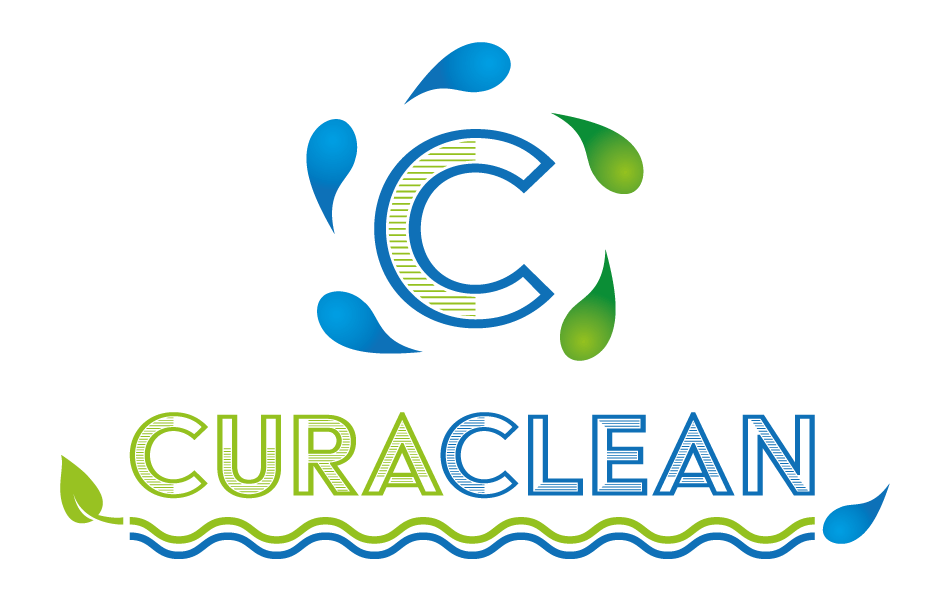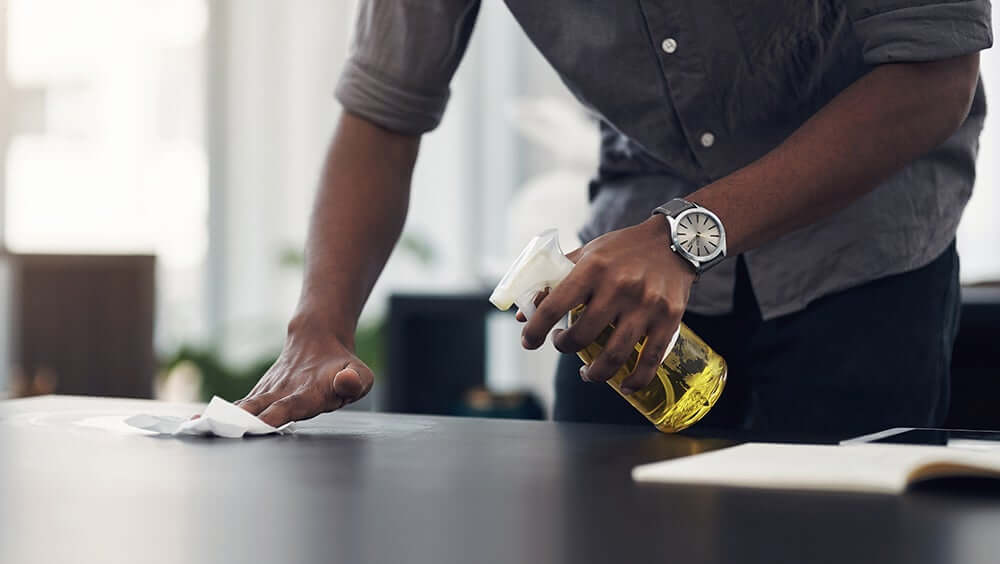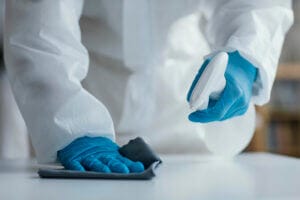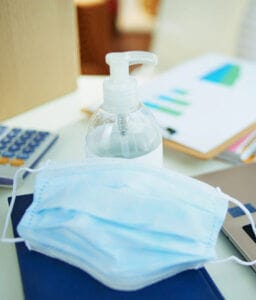The cleaning industry has always been a pioneer for implementing alternative ingredients in products
Years ago, phenols (carbolic acids) were a common ingredient in traditional cleaning and disinfecting products such as aerosol disinfectant sprays. Phenol was one of the earliest disinfectants, and despite the risk of burns on skin from phenol, it was worth this risk to prevent infections.1 Today, toxicity concerns with phenols have led most manufacturers to remove these ingredients from their products, and the Occupational Safety and Health Administration (OSHA) recommends wearing impermeable clothing, gloves, and goggles to handle products containing phenols and limits exposure to 5 ppm over an 8-hour shift.2-3
Phenols are just one of many historically traditional ingredients that have been phased out of cleaning and disinfecting products. Today, when we think of traditional, we would list highly effective disinfectants like bleach and quaternary ammonium chloride, but phenol-containing products are not on the list.
Alternative disinfectants work similarly to traditional actives against pathogens
Alternative disinfectants use ingredients that are often from renewable sources, often have fewer personal protective equipment requirements compared to traditional products. Some traditional active ingredients may also be used in alternative products if they meet the same stringent safety criteria. Regardless of whether a disinfectant is traditional or alternative, all disinfectant active ingredients share similar mechanisms of action, or ways they kill bacteria, viruses, and fungi. Despite the many bacteria and viruses in the world, and the many disinfectants we use to combat them, there are only two main ways to kill a pathogen: destroy its membrane or denature its proteins.
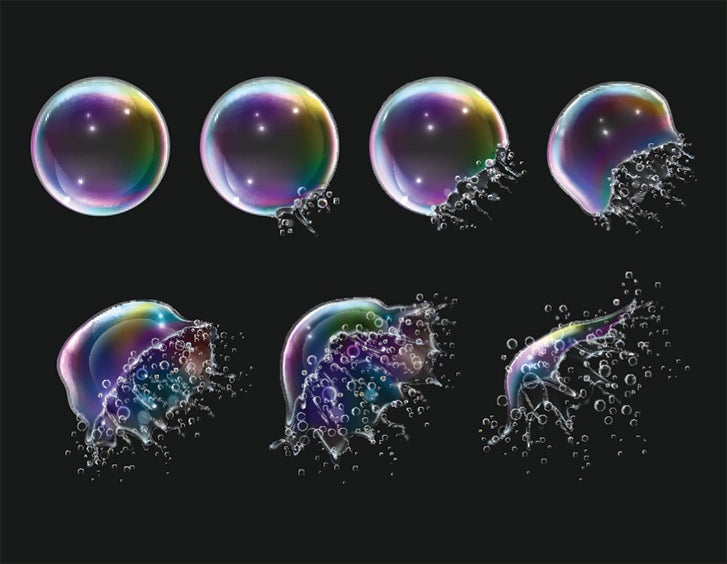
Destroy the membrane: Membranes are like a balloon holding water and provide the shape and structure for bacteria and some viruses. Destroying the membrane causes the cell’s contents to leak out and the cell dies. Two common ways disinfectants destroy membranes include dehydration and disruption (or poking holes).
- Dehydration. Dehydrating removes water molecules. Most cells and proteins require water molecules to hold their shape and to survive. Traditional active ingredients like alcohols, and alternative ingredients like thymol, work by dehydrating.
- Disruption. Cell membranes are slightly negatively charged. A positively charged molecule in a cell membrane will create a hole, causing the membrane to fall apart, like popping a bubble. This is how positively charged traditional disinfectant actives, like quaternary ammonium chlorides, work.

Denature proteins: Denaturing causes proteins to lose their shape irreversibly. This is what happens to an egg when it is cooked — the proteins are denatured and the egg changes texture. When a bacteria or virus is denatured, the proteins that allow them to function will stop working, causing them to die. Disinfectants may contain oxidizing agents or acids to denature proteins.
- Oxidizing agents. Oxidizing is a way to destroy proteins aggressively, by taking away important electrons that they need to stay together. Once oxidized, proteins cannot hold their shape, and fall apart. Traditional active ingredients like bleach and hydrogen peroxide are oxidizers. Alternative active ingredients such as hypochlorous acid work the same way.
- Acids. Acids denature proteins by breaking the chemical bonds that are required to hold the shape of the protein. The alternative disinfectant active ingredients lactic acid and citric acid work this way and are also common food preservatives because of their natural antimicrobial properties.
The active ingredient does not act alone
The active ingredient in a product is only one component that makes a disinfectant effective at killing pathogens. Many disinfectants also contain detergents, which help the active ingredient reach the microbe more easily to kill it, or other added ingredients that help keep the active ingredient stable for longer periods of time.
As we move towards a future using these alternative disinfectants, we should keep in mind that the entire formulation of the product, and not just the active ingredient, make a difference in how effective a disinfectant is. But most importantly, every approved disinfectant, whether alternative or traditional, must prove to the EPA that the product can kill what it claims to.
References
1. Hugo WB. Phenols: a review of their history and development as antimicrobial agents. Microbios. 1978;23(92):83-5. PMID: 390320.
2. https://www.epa.gov/sites/default/files/2016-09/documents/phenol.pdf
3. https://www.cdc.gov/niosh/docs/81-123/pdfs/
